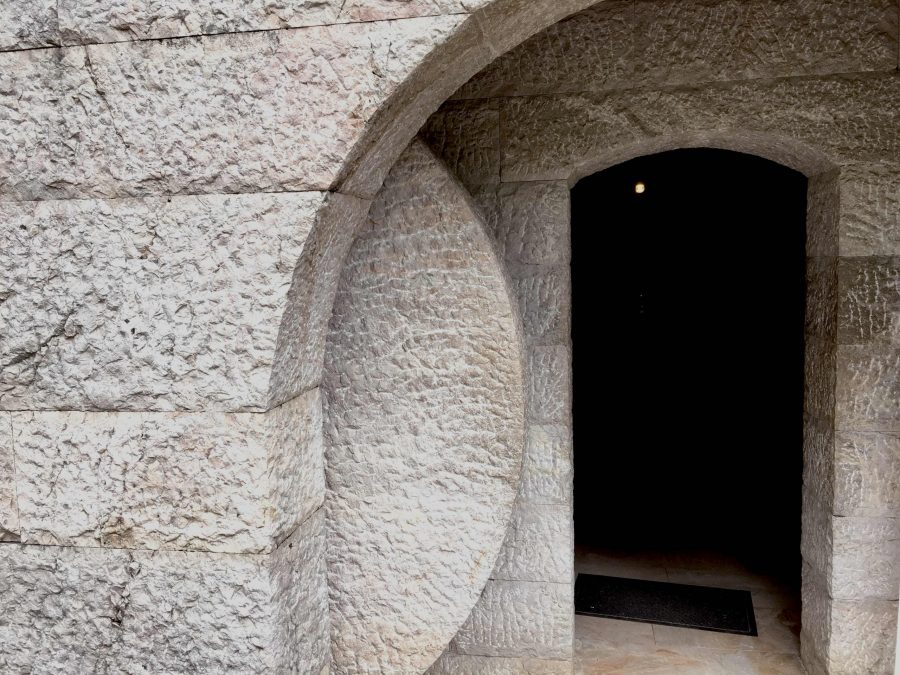– Jesus died and his dead body “disappeared”. The most surprising phenomenon, recorded in the New Testament and especially in the Gospels, is the total disappearance of the dead body of Jesus. After three days a corpse does not vanish completely. The hypothesis of theft or desecration of his tomb has been rejected from the beginning. But what exactly happened to that body?
– After the death of Jesus, Mary also “disappeared”. The mother of Jesus at the cross was given a new and surprising assignment: “Woman, behold your son”; “behold your mother” (Jn 19 26-27). Then Mary “vanished”. Many of us lament the fact that the Gospel lacks an account of the “first appearance”, which would obviously be that of Jesus to his mother. Nor is there any mention of an appearance of Jesus to the beloved disciple – who had welcomed Mary as a mother and essential presence in his life. What is the explanation for this total absence in the Easter narratives?
– No other women “disappeared”. The Gospels do, however, present the Magdalene as the first to be graced by Jesus’ appearance (cf. Jn 20:10-18). Mary does not appear, but the Magdalene does. And she has a very prominent role: she is the first to receive the appearance of Jesus. Alongside Mary Magdalene, other women such as the mother of James the Less, Salome and others (cf. Mk 15:40; Lk 23:55), all of them disciples of Jesus, had followed him from Galilee, had come to Calvary and had attended his execution. These same women want to anoint the body of Jesus. Where was the mother of the crucified one? Why was she not with them? With whom was she?
– The women found out about the “apparition” of the Disappeared One. Two men in luminous garments announce to them that the body of Jesus had been raised by God (cf. Jn 20:12); it had been assumed into a far superior form of life than before. From now on, his body is definitively full of lordship and life: more real than the real! more vital than the living! What is extraordinarily new is that the Lord has not disappeared. It is human eyes that can no longer perceive him. The senses come up against their limits. Faced with so much visibility and light, the senses are blinded; faced with so much reality, touch becomes insensitive; faced with such a penetrating and transforming voice, the ear becomes absolutely deaf.
– The women’s announcement startled the disciples. They did not believe them. Peter reacted with his own particular search. He was amazed at what he saw at the tomb and that the body of Jesus was not there. It is an irony of life that those to whom Jesus entrusted his body at the last supper are the ones who lose it; and that those to whom Jesus did not entrust his body are the ones who go to embalm it and are most concerned to find it. Moreover, when they met the angel, they had no qualms about believing in his real but invisible presence.
– Mary did not look for the Living One among the dead. Mary was a perfect disciple of Jesus to the end. If being a disciple consists in closeness (being with Him) and obedience (doing what He asks); Mary was with Him until the cross and obeyed the commission to be the mother of the beloved disciple. She did not need to look for Jesus in a tomb because He was alive. So it is not surprising that, once he is risen, Mary helps to bring about the resurrection – the rebirth – of her community. The “He is not here!” of the two messengers reveals that the darkness of the tomb hides light and life; that the negative interpretation of suffering is wrong; that there is a positive opening, a glimpse of light. Mary did not need to look for Jesus. She believed in the Living One.
Juan Carlos cmf
(PHOTO: Alessandro Vicentin)






